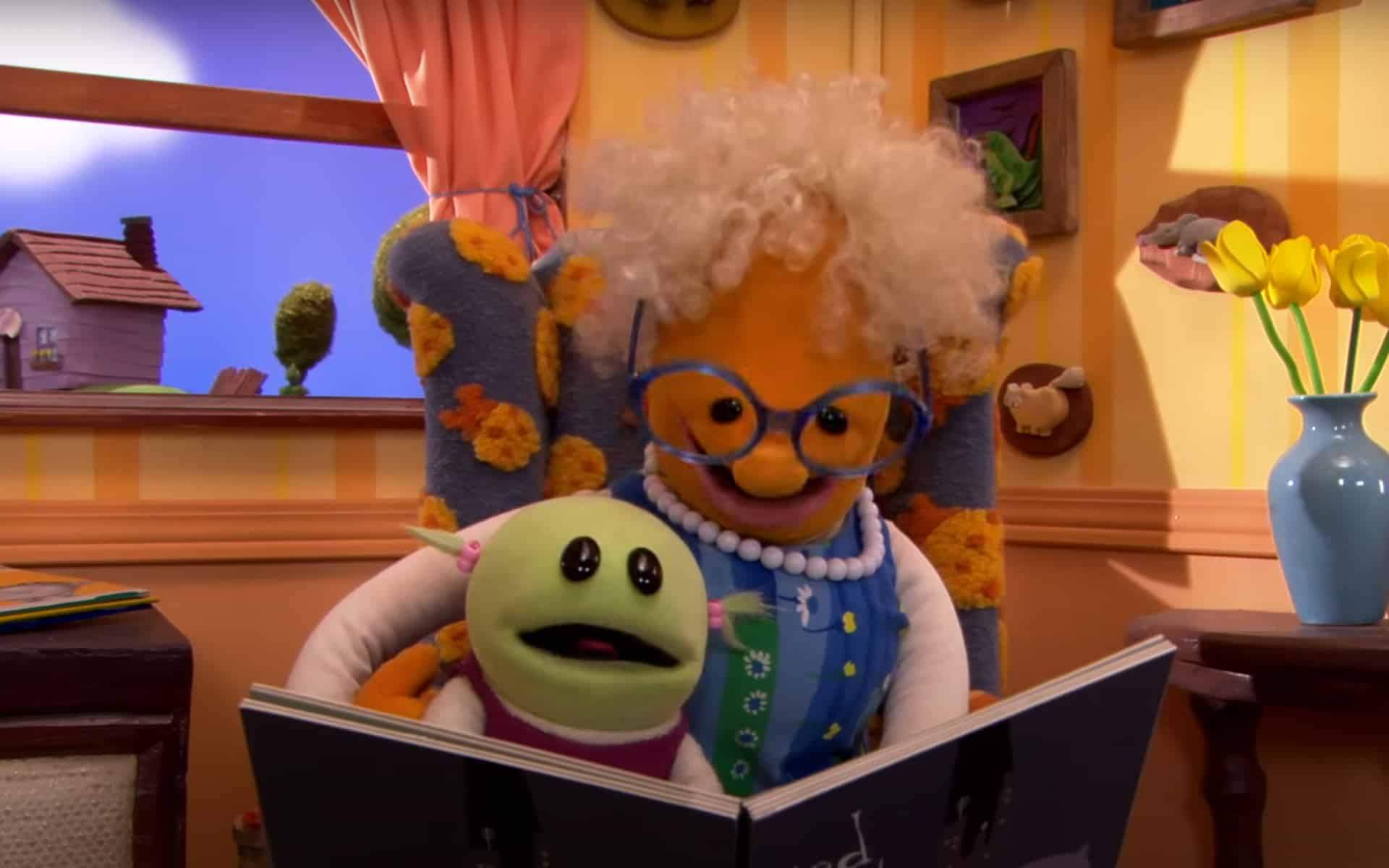Mad, Sad, or Glad? Nanalan’ and a Mindful Approach to Navigating Emotions
Learning to be aware of how we feel is key to emotional intelligence. In this episode of Nanalan’, Mona learns that emotions are a normal part of life, and how empathy and creativity can help us navigate difficult emotions....

Learning to be aware of how we feel is key to emotional intelligence. In this episode of Nanalan’, Mona learns that emotions are a normal part of life, and how empathy and creativity can help us navigate difficult emotions.
By Amber Tucker May 3, 2024 CompassionIn this episode of the viral show Nanalan’, main character Mona gets an introduction to how we can all notice, name, and be present with the spectrum of emotions that we feel. Emotional intelligence is a valuable mindfulness skill that even young children can learn; regardless of age, we can all benefit from checking in with our feelings.
Expand Your Emotional Resilience with 3 Reminders from Nanalan’
1. It’s normal to not feel happy all the time. In fact, if we were always happy, even this warm glow of happiness would lose its shine. Mr. Wooka’s puppet show presents one singing puppet who gets tired of feeling happy: “I’m so happy! But it’s kinda boring being happy all the time, because my cheeks hurt from smiling,” it explains, adding, “so I like to make an angry puppet show!”
Just as important as being with difficult emotions, mindfulness teachings can help us accept that pleasant emotions aren’t meant to last forever. Bonus: when we release the tension of wanting to feel one way all the time, we can actually savor those moments of feeling happy, joyful, or delighted to their fullest.
2. However we’re feeling, we don’t have to feel it alone. Because sadness, anger, fear, and so on are often lumped under “negative” feelings, we often judge ourselves for feeling them, and may try to hide them from others. But from a mindful perspective, no emotion is either inherently “positive” or “negative.” It’s all part of our emotional spectrum—and when we’re on the less comfortable end, those we love are there to help us.
When Mona gets upset because milk spilled all over her dress, Nana helps her feel better by getting her clean clothes. Then Mona takes Nana’s kind example as she helps Russell, who is flustered that Ollie the cat is having a snooze in Russell’s dog house. “Does that make Russell mad? Does it make Russell sad?” Mona asks empathetically. (Russell whines in the affirmative.) Mona pats the cat to wake him up. “This is Russell’s home,” she says politely, sending Ollie scrambling over the fence.
3. A great way to help process your emotions? Get creative! Mr. Wooka performs his puppet shows. Mona doodles faces, and then acts out the different emotions they express. Nana sings a song about emotions as “belly bubbles” that are always bubbling up inside of us: “They all feel different, each and every day!”
Engaging in creative activities lets us explore and process our emotions, so that we can find some peace with them. Whether it’s playing music or sculpting, photography or dancing, expressing ourselves creatively provides a healthy outlet, and it helps make room for every emotion that we humans are capable of.

 ShanonG
ShanonG 
































